The athletic tests include a standing vertical jump, maximum vertical jump, bench press, three-quarter-court sprint time, lane agility time, and modified event time. Physical measurements include height with shoes, height without shoes, wingspan, weight, standing reach, body fat, hand length, and hand width. The shooting tests include spot-up three-point field goals from various distances depending upon position, shooting off the dribble, and timed jump shots on the move.
Although the NBA Draft Combine is the largest pre-draft gathering for testing and drills, international players can attend a separate Eurocamp at a later date. Bone's lane agility time of 9.97 seconds was the fastest at this year's combine, and it was the second-fastest ever in the history of the NBA Combine. Bone also finished with the best shuttle run time, recording an impressive time of 2.78 seconds, and he recorded the best standing vertical leap with a 36-inch mark. He finished second among all competitors with a 42.5-inch max vertical jump and finished fourth in the three quarter sprint (3.08 seconds). He was also the only player to make 100 percent of his shots during the break left portion of the shooting drills.
From the results of the current study, it is suggested that battery tests have to be modified, including measures that are sport specific. In addition, other attributes and characteristics of players, such as psychological factors or mental strength, have to be measures along with college on-field performance indicators. The Draft Combine costs a lot of money, and teams send scouts and coaches to the event in order to get better knowledge of the possibly drafted players. Moreover, physical condition seems not to be the key factor to advance to the next level. Tactical and technical level or on field performance receive much attention during the NCAA season.
It could be important to measure other factors in the Combine that are not as evident as those, such as mental preparation, game intelligence, and others for which tools for measurement are available. As practical applications, other sports should design their own Combine tests according to game demands and specifications of different player positions and functions. In basketball, teams and technical staff have to eliminate all the paraphernalia of the Combine, and focus on what is important for their organizations, along with on-court performance. Results show that the Combine tests, with the exception of hand width and height in frontcourt players and standard vertical jump and running vertical jump in backcourt players, do not predict draft position.
Future performance indicators were explained by several Combine tests in all players. Specifically, stronger relationships were wingspan with blocks and shuttle run with draft in frontcourt players; and between height with assists and blocks in backcourt players. In recent years, few studies have examined the validity of the NBA Draft Combine to identify and select young talented players . To the best of our knowledge, this is the first study to examine combine measures with performance indicators in depth, analyzing all data raw.
The purpose of this investigation was to identify the Combine tests that explain draft position and future performance in the NBA rookie season. Some studies have attempted to identify and classify the efficacy of different Draft Combines, in predicting future performance in the sport. The NFL Combine has identified those tests and measures that successfully predict performance in different playing positions . These identifications were in the positions that are most dependent on speed and agility, which is what Combine assesses. In fact, the authors stated that the Combine does not measure those factors that are important for success.
In the NBA Combine, differences in anthropometric characteristics and physical fitness ability were found between drafted and non-drafted players . Also, specific measures were useful for being selected as guards and power forwards and centers . In fact, athletic measurement has been widely used with future sport performance success purposes . However, research on National Basketball Association and National Football League players has shown that higher picks in the draft will not always have successful careers . Moreover, research has pointed out that the best teams recruit young players according to their chronological age , meaning that more mature players have better opportunities of being scouted. Not surprisingly, jumping capacity has proven to be a discriminatory factor between basketball players of different performance levels [2,.
The small forwards are a very diverse group this year, though the top player in the group, Brandon Ingram, did not take part in combine testing. There is good size, for the most part, led by Jake Layman at over 6'9" and two more players, Justin Jackson and Daniel Hamilton, coming in at 6'8" or bigger. Potential lottery pick Jaylen Brown was a bit smaller, just under 6'7", though built well at 223 pounds, and has a near 7-foot wingspan.
Nigel Hayes, who may still withdraw from the draft, may have the most interesting profile. Hayes measured 6'7" and 245 pounds, which makes some sense since he plays at power forward for Wisconsin, but he also has an impressive 7'3" wingspan, tops in the group. Another potential first-rounder, Taurean Prince, fits what has been the prototypical small forward build the last few years, Prince measured close to 6'8" and 220 pounds, with a wingspan just under seven-feet long. De'Andre Bembry was the smallest of the group, coming in just under 6'6", with a wingspan just over 6'9".
Though not a very good shooter, Bembry's physical profile may see him eventually move to the shooting guard spot if he can start knocking down shots more consistently. The NBA Draft Combine is a multi-day showcase that takes place every May before the annual June NBA draft. An athlete's performance during the combine can affect perception, draft status, salary, and ultimately the player's career.
From Sept. 28 through Oct. 16, players will be allowed to participate in both league and team interviews over video teleconference. Like last year, the power forwards are the largest group of players, encompassing both those who would be considered stretch fours, as well as your more historical type of power forward who likes to operate around the basket. Two top prospects, Ben Simmons and Domantas Sabonis, did not take part in the combine.
There is some very good size, led by Thon Maker, who measured close to 7'1", though a thin 216 pounds. Seven other players in the group measured at least 6'10", including potential first-round picks Marquese Chriss, Deyonta Davis, Henry Ellenson and Skal Labissiere, and all four had wingspans over seven-feet long. Cheick Diallo, who didn't play much at Kansas as a freshman, measured 6'9" tall, but had a very impressive wing span of over 7'4". Robert Carter, who shined during five-on-five play, was also a bit on the smaller side, 6'8.5", but was over 250 pounds, and had a long 7'3" wingspan. Ben Bentil, coming off a strong year with Providence, probably put some critics to rest with his measurements. Bentil measured just over 6'8", with a wingspan over 7'1", more than adequate to defend NBA forwards.
Freshman Caleb Swanigan, who can still go back to school, had an impressive wingspan over 7'3", though body fat percentage was measured over 12.5 and will need some work. Only one player, Isaiah Miles, measured under 6'8", and combined with his game, may make him more suited to playing the small forward spot. This year's shooting guard class is a bit smaller than last year's, and it doesn't seem to have the height of last year's group. Only four players measured 6'6" or taller, led by Caris LeVert at 6'7", as well as Syracuse teammates Michael Gbinije and Malachi Richardson both measuring over 6'6". Richardson's profile become a bit more impressive with his 7-foot wingspan and big hands. Four other players had wingspans of 6'10" or longer, including Denzel Valentine, Wayne Selden, LeVert and Malcolm Brogdon.
Likely lottery pick Buddy Hield measured a little bigger than expected at 6'5" and 212 pounds, and his 6'9" wingspan should be adequate enough to defend the position well. It has been stated, that beyond anthropometric and fitness variables, there are other factors that have an important prediction power on future performance. Mulholand and Jensen described "football intelligence" as the ability to learn offensive schemes, memorize routes or recognize patterns in the defense to attack or catch passes. McGee et al. , establish that quickness to react and the ability to read the offense is fundamental in football, as well as an athlete's determination, toughness, and ability to work as part of a team. In basketball players, these variables are even more important than in football. Players are in continuous interaction with teammates and opposing players in chaotic interactions and unexpected contexts .
None of the Combine measures challenge players to find contextual information and choose the accurate solution for each game situation . The NBA Draft Combine performance measurements only measure physical capabilities. In 2013, Rudy Gobert set the Combine records for wingspan 7 feet 8.5 inches (2.35 m) and standing reach 9 feet 7 inches (2.92 m).
Those records were later be broken in 2018 by Mohamed Bamba, and then by Tacko Fall a year later. Fall also became the tallest participant in event history at 7 feet 7 inches (2.31 m). Combine results may or may not affect draft position, depending on certain results from it.
Supposedly, medical test results caused Jared Sullinger to fall to No. 21 in 2012, while Kevin Durant was drafted No. 2 in 2007 despite not being able to do a single repetition on the 185-pound bench press. Durant is not alone; Jamal Crawford, Monta Ellis, T. J. Ford, and Luke Ridnour are among the zero-rep producers. In 2016, Tyler Ulis set the Combine record for being the lightest player to record his weight at the event, being set at 149 pounds. The heaviest players recorded at the Combine were Dexter Pittman back in 2010 and Isaac Haas in 2018, both of whom were set at 303 pounds. In terms of measurements, this small group of centers is pretty impressive, led by Chinese prospect Zhou Qi. Qi was measured at over 7'2", with a near 7'8" wingspan and 9'4" standing reach, though at less than 220 pounds, there will be questions on how he handles the physical part of the NBA game.
The other five prospects all had wingspans near 7'3", though Jakob Poeltl was the only other player measured at 7-foot tall or over. Diamond Stone and Chinanu Onuaku both came in around 6'10", though solidly built. Stephen Zimmerman and Damian Jones both measured well all around, though Zimmerman's body fat percentage was measured over 11 and will need to be improved on. UNLV guard Patrick McCaw, who can play either backcourt spot, is the tallest of the group at almost 6'7", with four more guards, Wade Baldwin, Isaiah Cousins, Kris Dunn and Isaiah Whitehead all measuring 6'4" or taller. Whitehead also comes in at a sold 210 pounds, with Baldwin the only other member of the group topping 200 pounds.
This becomes important as both players are known for their ability to get into the defense and attack the basket, so the extra weight allows them to absorb some contact. Baldwin becomes even more intriguing as a prospect with his wingspan of over 6'11", though McCaw and A.J. On the other end of the spectrum, we have two guards who came in below 6 feet tall, Tyler Ulis and Kay Felder. Noting that Ulis also weighs less than 150 pounds makes you wonder how he is going to handle playing against grown men at the NBA level.
Felder actually came in a half-inch shorter than Ulis, but is close to 30 pounds heavier. One player who didn't really stand out in measurements, but should become more impressive as we go through the other areas is Notre Dame's Demetrius Jackson. Just 6'1", with a 6'5" wingspan, Jackson will become impressive when skill and athletic ability are added to his profile. The NBA Combine took place last week in Chicago, bringing together most of the top NBA prospects for physical measurements, athletic and skills testing, and for some, 5-on-5 scrimmages.
As expected, some players did not show and others didn't take part in all portions of the combine. Three players, Ben Simmons, Domantas Sabonis and Dejounte Murray, did not take part at all, while others, such as potential number one pick Brandon Ingram, only took part in team interviews. In fact, some of the measurements of the Combine are correlated with each other. According to this information, it seems that lane agility drill, reactive shuttle run, ¾ court sprint, standard vertical jump and running vertical jump are measuring the same ability. In this respect, the Combine measurements are not sport specific, they are general and common tests used to assess physical condition in basketball . It is necessary to choose specific tests for each sport modality and position that are related to the sport and report specific results with greater validity .
Because of the coronavirus pandemic, the 2020 NBA Draft Combine was "reformatted to be conducted both in NBA team markets and virtually," the league announced in September. Durbin-Watson values in both regressions are near to 2, meaning that data are independent. Hand width and height in frontcourt players, and standard vertical jump and running vertical jump in backcourt players.
Negative values mean that, if the variable increase, the draft position is better. Whereas the standard vertical jump increase, the draft position also increases. However, at the same time, the opposing players are trying to defend the basket either by guarding the space on the court by not allowing the offence to approach to basket or receive the ball, or by directly blocking the shots. Wieskamp shot 46.2% from 3-point range during his junior year and put his sharp-shooting on full display during the second day of scrimmages. The Iowa shooting guard finished with 26 points and 10 rebounds and was deadly from deep, knocking down six 3-pointers.
Wieskamp also tested off the charts with a 42-inch vertical jump and had the fourth-fastest lane agility time, clocking in at 10.7 seconds. Purpose The NBA Draft policy pursues the goal to provide the weakest teams with the most talented young players to close the gap to the superior competition. But it hinges on appropriate talent evaluation skills of the respective organizations. Research suggests the policy might be valid but to date unable to produce its intended results due to the "human judgement-factor".
This paper investigates specific managerial selection-behavior-influencing information to examine why decision-makers seem to fail to constantly seize the opportunities the draft presents them with. Design/methodology/approach Athleticism data produced within the NBA Draft Combine setting is strongly considered in the player evaluations and consequently informs the draft decisions of NBA managers. Curiously, research has failed to find much predictive power within the players pre-draft combine results for their post-draft performance. This paper investigates this clear disconnect, by examining the pre- and post-draft data from 2000 to 2019 using principal component and regression analysis.
Findings Evidence for an athletic-induced decision-quality-lowering bias within the NBA Draft process was found. The analysis proves that players with better NBA Draft Combine results tend to get drafted earlier. Controlling for position, age and pre-draft performance there seems to be no proper justification based on post-draft performance for this managerial behavior. This produces systematic errors within the structure of the NBA Draft process and leads to problematic outcomes for the entire league-policy.
Originality/value The paper delivers first evidence for an athleticism-induced decision-making bias regarding the NBA Draft process. Informing future selection-behavior of managers this research could improve NBA Draft decision-making quality. Similar findings were obtained in a study on Turkish professional basketball players, where the first-division players jumped higher in countermovement jump compared to second-division players .
Before players hit the court for 5-on-5 play, they were measured and went through drills on Tuesday. Queta came out very well, as he was measured as the tallest player in attendance at 6-foot-11.25 without shoes (7-0.5 with). He also had the longest wingspan at 7-4 and tallest standing reach at 9-4.5 and tied with Duke's Jalen Johnson for widest hands at 10.5 inches.
This couldn't have gone much better for Lewis who really needed to show out in these athletic testing events. Unfortunately his two years in college weren't as productive as he would have hoped, so his draft stock is based largely on his physical tools and the potential a team could see in his athleticism. Going against players that he'll be battling with for a second round selection, he performed extremely well. Those wingspan measurements are notable for both players' projectability, as length often signals one's potential to finish around the basket and defend multiple positions.
Bagley and Christopher flashed high-level defensive ability at ASU, so the affirmation that they have the physical tools for such versatility at the next level could be a significant selling point in regards to their draft stock. Garrett, a combo guard who can play a variety of styles and positions, measured 6 feet, 5.75 inches with shoes and 6 feet, 4.5 inches without shoes. He weighed 188.2 pounds with 5.3% body fat and had a standing reach of 8-6 and wingspan of 6 feet, 9.75 inches. Now, all of that alone isn't enough to vault Wieskamp into the two-round picture. But when you combine those traits with his elite shooting ability, Wieskamp is going to get some serious consideration by teams moving forward.


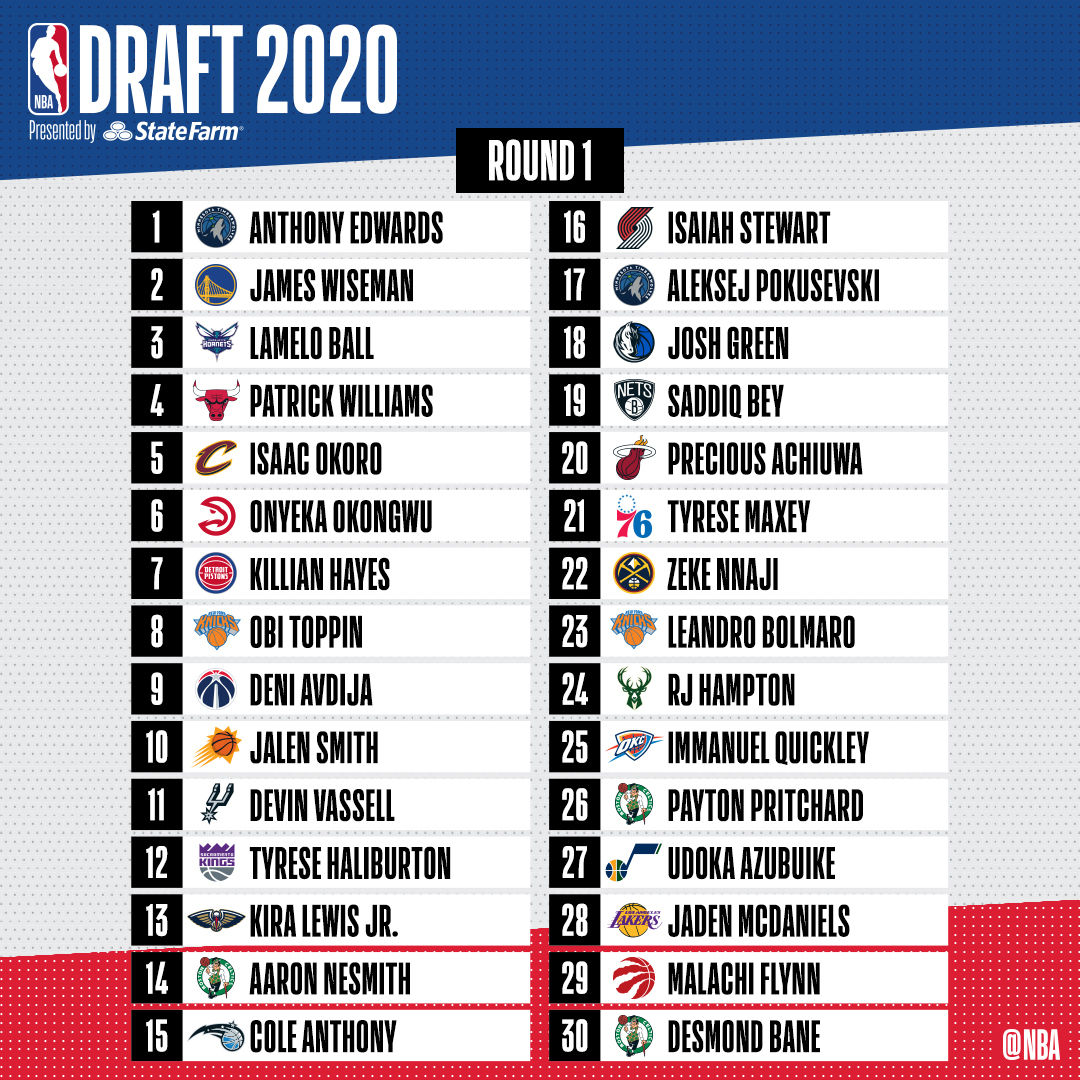

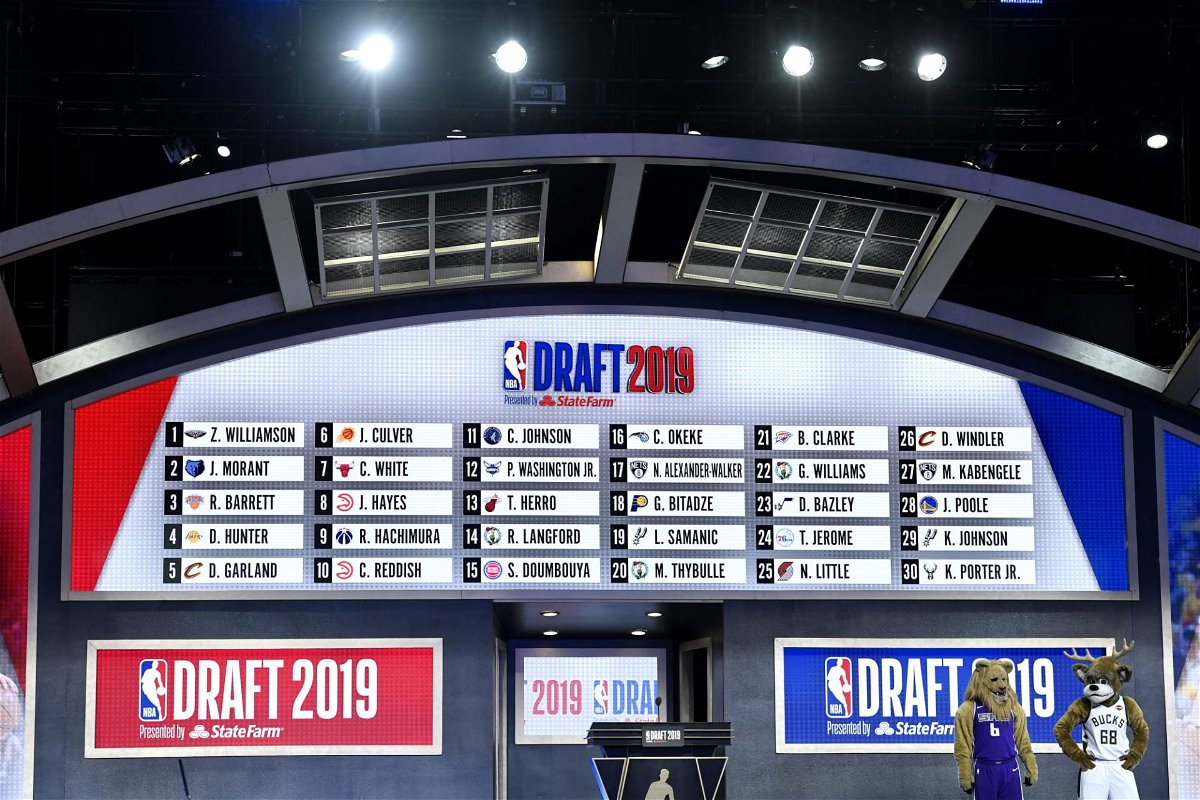
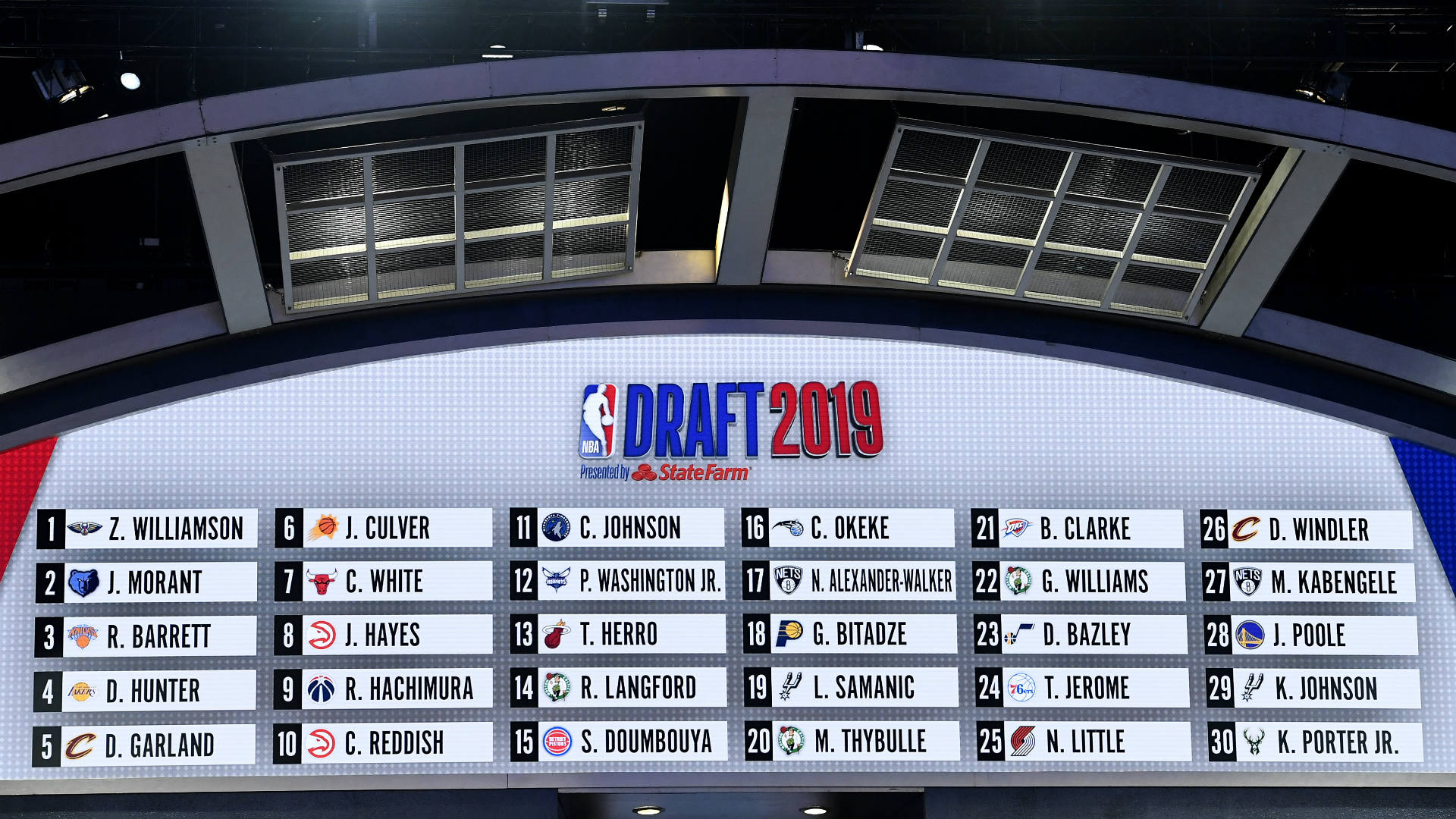











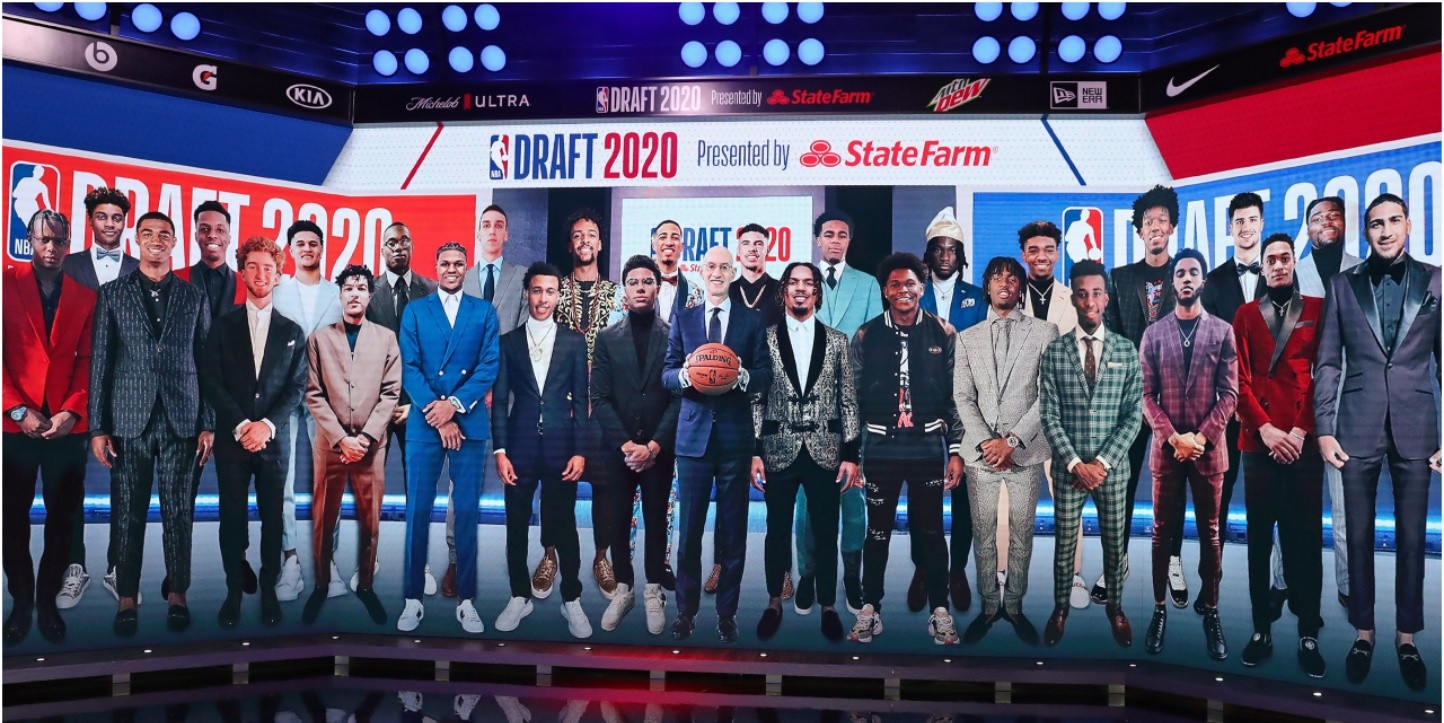









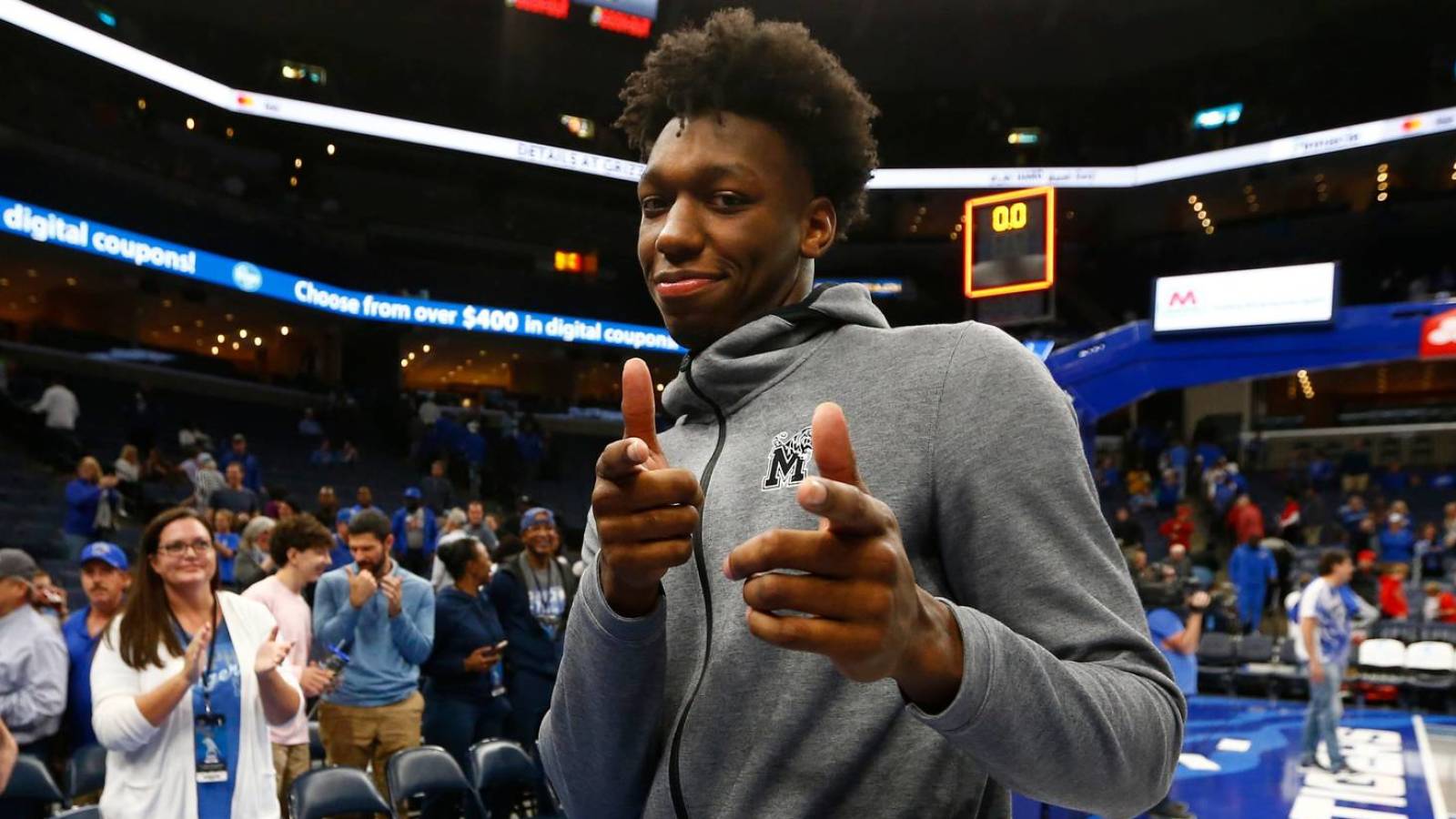


No comments:
Post a Comment
Note: Only a member of this blog may post a comment.